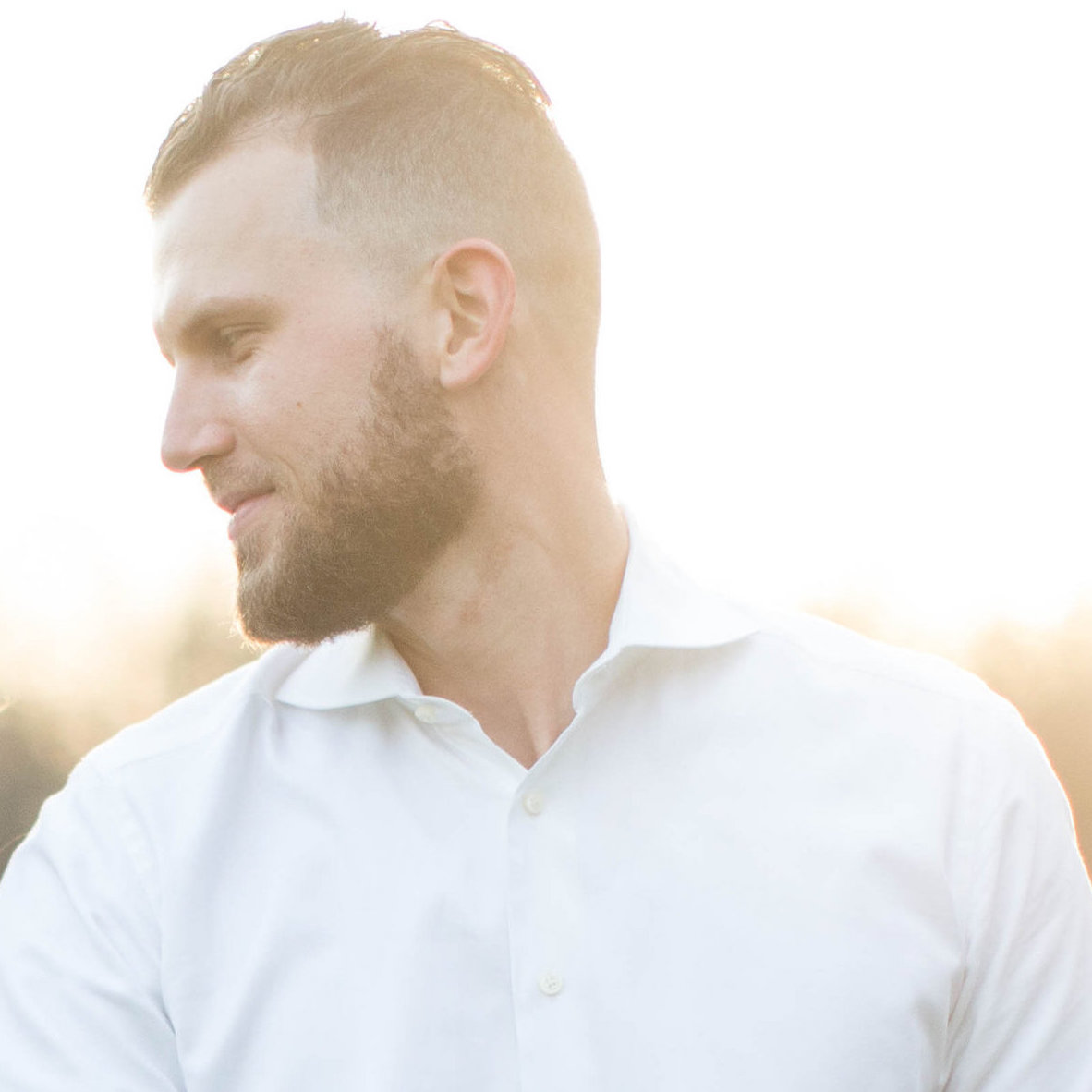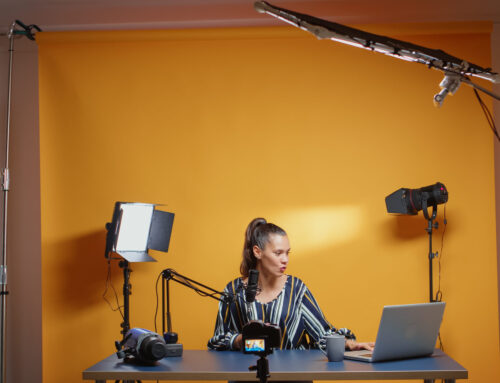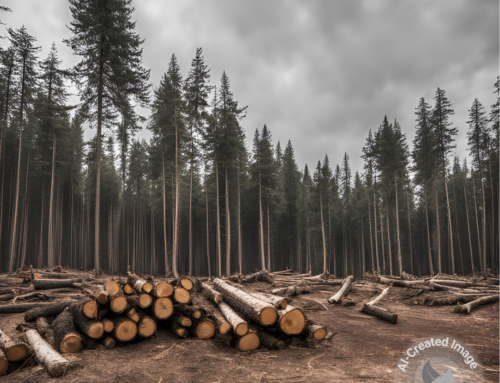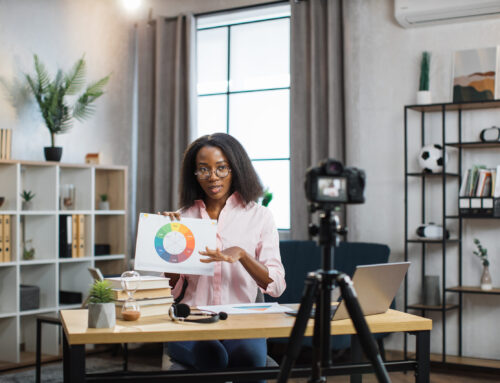Podcasts are growing and can be wonderful communications tools for nonprofits. Some causes are using podcasts to share advocacy information with members and supporters, others are repurposing educational and informational content to reach wider audiences. The podcast format is a great way to increase engagement and spread your organization’s message further, so we asked podcast expert Erik Jacobson of Be My Guest for advice on the basics of how to start and host a podcast.
Erik Jacobson @erikbison is Co-Founder & CEO of Be My Guest, a podcast PR and publicity agency for entrepreneurs. He built Be My Guest after working for top podcasters like Tim Ferriss and Jason Calacanis, and seeing the results many guests were able to achieve through strategic “podcast tours.”

As a side project, he monitors and listens to hundreds of business podcasts each week, and recommends the absolute best ones at startupmixtape.fm.
Erik started his advice with a little background on the podcast industry. Podcasts popped up more than 10 years ago beginning with Apple’s decision to include a podcast player in the iPhone. The result has been a boom of webcasts and a drift away from radio and an explosion of podcast programming.
When we asked Erik, “Are podcasts the new radio?” his answer simply refers back to the growing numbers. “Over time, it’s going to continue to grow and grow. In my opinion, it will become the new radio.” He’s not alone in his projection. A 2017 Forbes Magazine article, Why Podcasts Are Popular (and 4 Content Lessons to Learn from them) , noted, “In case you weren’t aware, podcasts are seeing an enormous surge in popularity. At least 112 million Americans have listened to podcasts, a figure up 11 percent from last year, with 67 million listening to podcasts at least monthly.”
This translates into a valuable way for nonprofits to:
- Present thought leaders within your organization
- Share key messages from your staff
- Provide public service announcements
- Do a “deeper dive” on data
- Challenge myths and stereotypes about the community you serve
- Share the voices & stories of those you serve
Erik calls this “the best time” to stake your claim in the podcast universe.
“Even though it feels like there are a lot of shows. The podcast supply is growing but so is the demand. Don’t feel like there isn’t a large enough audience. If you stake your claim now, you can become the thought leader. ”
His advice for getting started…
1) Don’t overthink it.
People get hung up on all the details that hinder them and prevent them from getting launched. Have some direction around who you expect the target listener to be. The tools that exist now are really good. There are a lot of people who plan to launch, but we’ve seen more success with people who act quicker.
2) Practice makes perfect.
If it’s an interview-style podcast, Erik recommends practicing with an interviewing app called Anchor (also noting a great place to host). This “host” kind of feature allows people to practice with a random person providing a terrific opportunity to perfect your delivery.
3) Consistency matters.
A lot of podcasters launch after 3 to 6 months, then they completely stop. “Consistency is good for you as a podcaster.” Let people know what to expect bi-weekly, weekly, or monthly. It’s all about your ability to manage and commit to the frequency.”
4) Do a tech check.
The great news is that you don’t have to spend a lot for quality technology. Here are a few tech hacks courtesy of the folks at Be My Guest.
Low cost microphone options:
- Logitech ClearChat Comfort/USB Headset H390 (minimum recommendation)
- $25 on amazon
- Audio Technica ATR2100 (best value – my recommendation)
- Sounds almost as good as the $250 options, and it’s usually around $65 on Amazon.
- Optional Add-Ons:
- Rode Podcaster (if you want to go higher end)
- Heil PR 40 (if you want to go highest end)
Your Recording Options
Zencastr – Erik said “If I were starting a new show I’d probably use this as the option to record the interviews in most cases. All you have to do is send a link to your guest and the recording will be done through their web browser (as long as they’re using Google Chrome).They have a free plan that gives a lot of access to this tool.
Skype with eCamm Call Recorder – Most podcasters still use Skype to connect with their guests, and a Skype add on called eCamm Call Recorder as the software for recording the interview. This is a good option as well. It’s a $40 one-time purchase.
Your Computer During Recording
- Reboot your computer before the interview.
- Shut down open programs and browser tabs to as few as necessary.
- Ideally, connect to the internet with an Ethernet cable instead of WiFi.
- It’s faster, sounds better, and is more reliable.
- To verify you are actually using the wire, once you’re connected to it, turn off your wireless connection just to make sure your connection still works.
Your Audio
- You must use earphones, earbuds, or headphones when you record. This prevents the sound from the person you’re speaking to audio bleeding into your mic and creating an echo on the recording.
- Doing an interview without headphones will typically ruin your recording.
- The standard Apple headphones that many of us have, or anything that you would listen to music with, is just fine.
Your Mic
- Whether your mic is on a boom mount or a desktop tripod, you want to make sure it is roughly at the vertical level of your mouth.
- The mic being angled up or down will create a different quality to your sound. The mic being angled down at your chest from above will create a more rich, whole sound to your voice, while the mic being angled up will create a more ‘nasal’ sound.
- You should position the mic to where it’s comfortable for you to sit with the mic roughly a fist distance (2-3”) away.
- The closer you can physically be to the mic, the richer sound you’ll be able to create. Too close causes mumbled and garbled sounds. A fist distance of roughly 2-3 inches works great.
Your Environment
- Ensure you are in a quiet place, and that you won’t be interrupted. Small spaces with carpet are the best for recording. Large spaces with hard floors echo more.
- Turn your cell phone off or on silent.
- Have all notes or reference material you need readily available.
- No typing or shuffling papers during the interview. Even if you think you’re being quiet, it can still be picked up on the recording.
Stay tuned for more expert advice from Erik Jacobson on how to set up and host a nonprofit podcast.





